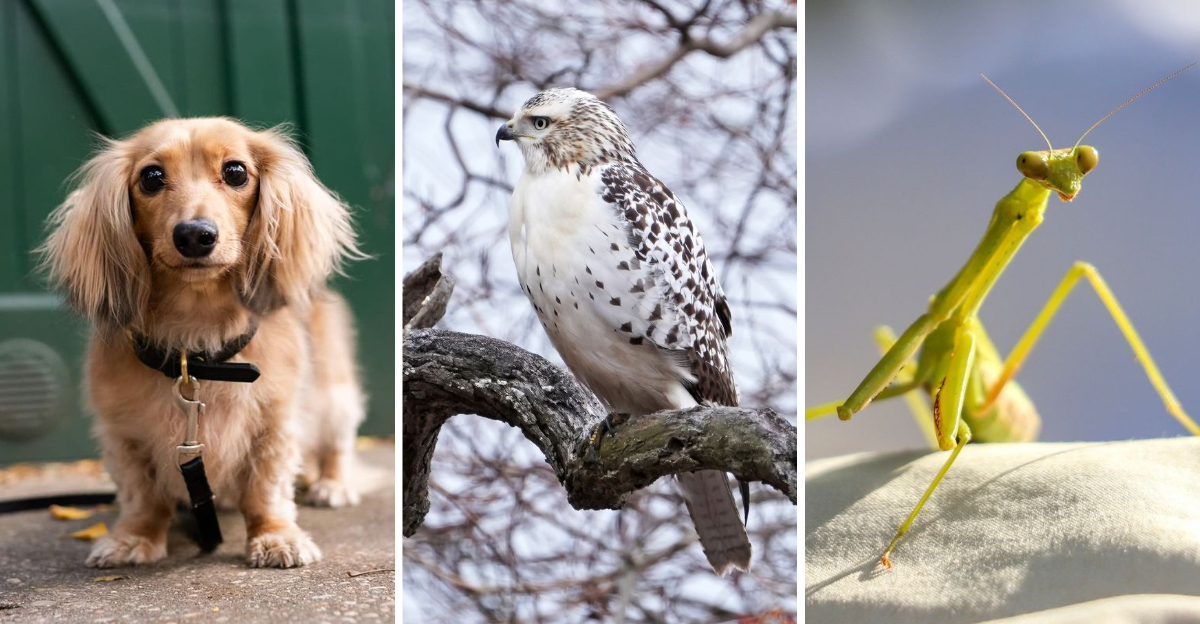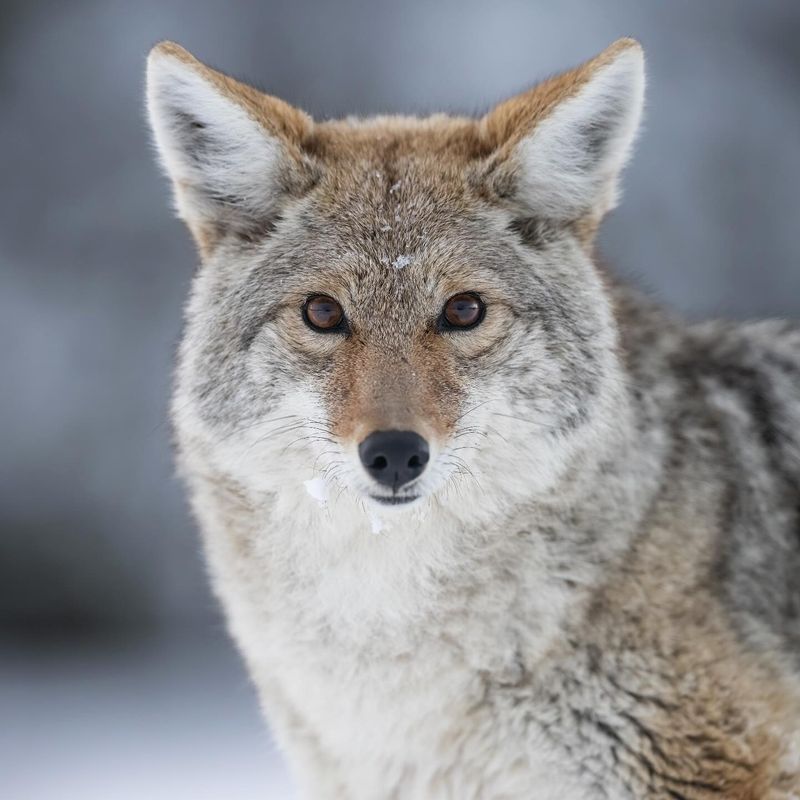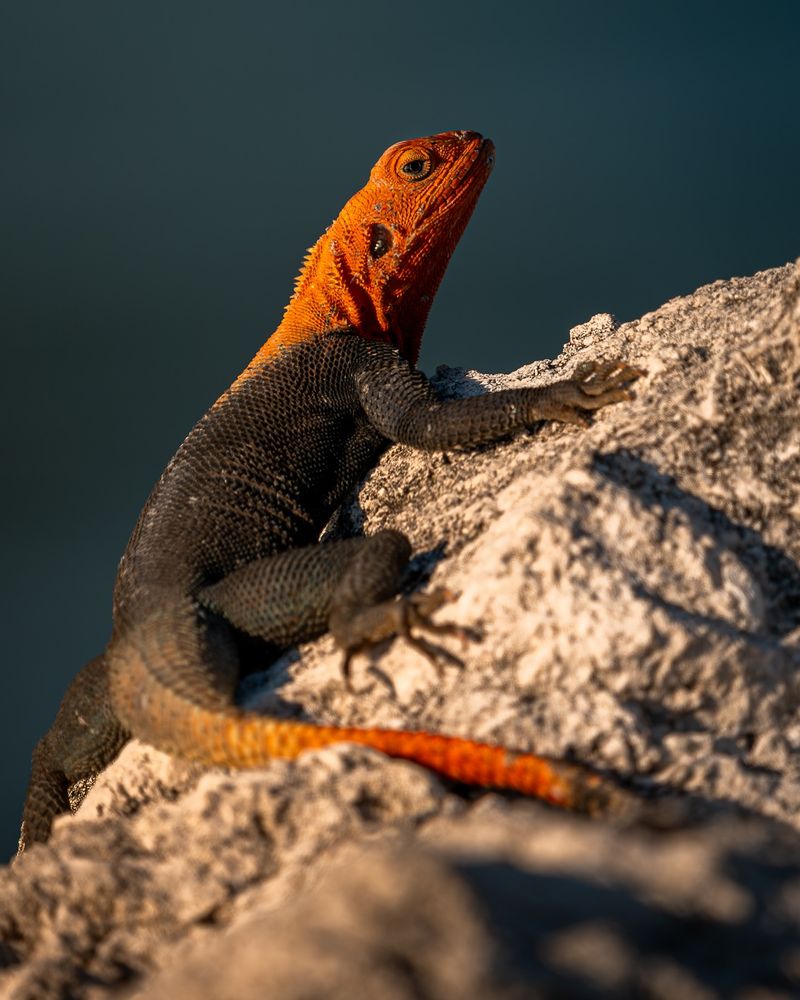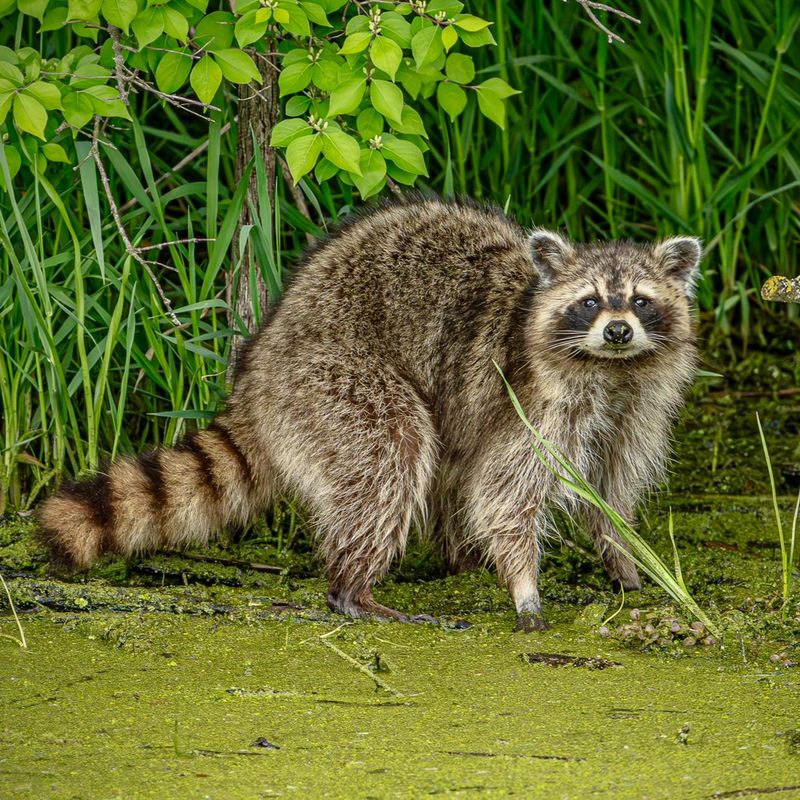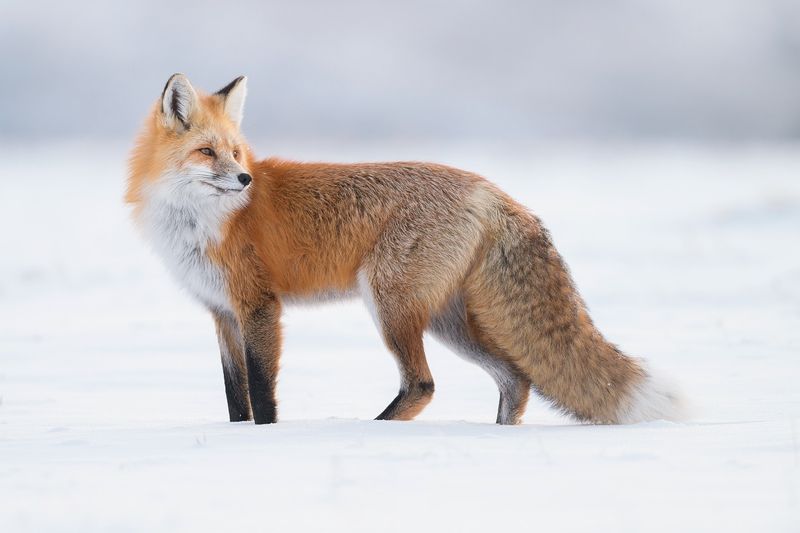📖 Table of Content:
One minute your cat’s lounging like royalty, the next they’re puffed up like a pom-pom or launching under the bed like a rocket. What gives? Cats may seem cool and in control, but certain creatures send even the bravest kitties into full-blown panic mode.
From sneaky slitherers to giant bark machines, some animals awaken your cat’s deepest fears—and it’s not just instinct, it’s survival. Get ready to meet the unexpected cast of critters that rattle your kitty’s nerves and trigger those hilarious (and telling) reactions.
1. Dogs
Your cat’s relationship with dogs ranges from cautious tolerance to outright terror. Dogs’ bouncy, in-your-face greetings clash dramatically with feline social etiquette. Those enthusiastic barks and lunges represent everything contrary to a cat’s preferred communication style.
Size difference plays a major role, too. Even friendly dogs can appear threatening simply because they tower over most housecats. Cats typically respond by seeking higher ground, arching their backs, or fleeing altogether.
Successful cat-dog households establish clear boundaries and safe spaces. With patient introduction and respect for each animal’s comfort level, many cats eventually form surprising friendships with their canine housemates.
2. Birds of Prey
Hawks, eagles, and owls trigger your cat’s deepest survival instincts. Even indoor cats instinctively duck when large shadows pass overhead near windows. This reaction comes from being both predator and prey in nature’s hierarchy.
Your seemingly fearless feline understands they could become lunch for these feathered hunters. Large birds of prey can indeed target small cats and kittens in rural areas. The silhouette of wings spread against the sky activates ancient alarm systems in your cat’s brain.
Indoor cats often exhibit conflicted behavior—simultaneously hiding from the potential threat while chattering teeth in predatory excitement. This fascinating response reveals the complex instincts hardwired into your sophisticated housecat.
3. Snakes
Your cat’s reaction to snakes reveals thousands of years of evolutionary programming. The silent, unpredictable movement of these reptiles triggers immediate defensive responses—from cautious pawing to complete avoidance. Unlike predictable prey that scurries, snakes move in ways cats find impossible to categorize.
Some brave felines attempt to hunt smaller snakes, batting carefully from a distance. Others want absolutely nothing to do with these legless creatures. The snake’s ability to strike suddenly represents a genuine threat that cats instinctively respect.
This wariness serves wild and outdoor cats well, protecting them from venomous encounters. Your indoor kitty maintains this healthy skepticism despite never having faced a real snake!
4. Coyotes
Outdoor cats living in suburban or rural areas know coyotes spell serious danger. These wild canids actively hunt cats, triggering immediate hiding behavior when their howls echo through neighborhoods. Your cat’s ears perk straight up at these eerie sounds, followed by a dash to safety.
Even indoor cats show instinctive wariness when hearing coyotes through open windows. Their pupils dilate and whiskers push forward in high-alert mode. This reaction demonstrates your pampered pet’s connection to wild instincts.
Cat owners in coyote territory should keep pets indoors, especially during dawn and dusk when these opportunistic predators hunt most actively. Your cat’s fear of coyotes represents legitimate self-preservation rather than an irrational phobia.
5. Praying Mantises
Few insects generate the comical confusion that praying mantises cause in cats. These strange-looking creatures with their triangular heads and alien-like movements completely baffle feline understanding. Your cat might freeze, unsure whether to attack, play, or retreat.
The mantis’s ability to rotate its head 180 degrees while maintaining eye contact particularly disturbs cats. Their predatory instincts recognize another hunter, creating an unusual standoff. Some brave cats attempt cautious paw taps, only to leap backward when the mantis strikes its defensive pose.
This encounter perfectly illustrates how cats categorize their world—the mantis simply doesn’t compute in their usual prey/threat/friend classification system!
6. Lizards
Lizards present an irresistible yet confusing challenge for cats. Their quick movements trigger hunting instincts, but their defense mechanisms leave cats utterly baffled. When a captured lizard drops its tail as a distraction, cats often abandon the actual lizard to pursue the still-wiggling detached tail.
The reptile’s ability to freeze completely also confuses feline hunters. Your cat might paw tentatively at a motionless lizard, unsure if it’s alive or merely an unusual object. The sudden darting movement that follows startles even the most composed cat.
Indoor cats encountering lizards that slip inside show fascinating combinations of predatory excitement and cautious respect. Their pupils dilate fully while tracking these mysterious mini-dragons throughout your home.
7. Raccoons
Raccoons and cats share similar sizes but vastly different attitudes. These bold masked creatures often intimidate cats with their fearless approach and clever problem-solving. Your outdoor cat likely gives raccoons a wide berth after witnessing their determination and dexterity.
Raccoons compete directly for food resources and territory with outdoor cats. Their willingness to stand their ground rather than flee creates uncomfortable standoffs that most cats prefer to avoid. Their dexterous paws also allow raccoons to access cat food left outside.
Even through windows, indoor cats show remarkable wariness when spotting raccoons prowling around your property. They recognize these creatures don’t follow typical animal rules—they’re unpredictable wild cards in your cat’s carefully categorized world.
8. Foxes
Foxes trigger unique reactions in cats due to their hybrid-like appearance. Part dog, part cat in behavior and movement, foxes confuse feline classification systems. Your cat recognizes canine elements but senses something different about these graceful predators.
Rural cats encountering foxes display a combination of territorial aggression and cautious respect. Unlike with dogs, cats seem to recognize foxes as fellow hunters rather than just threats. The fox’s catlike stalking and pouncing create an uncanny mirror that fascinates and disturbs cats.
Indoor cats watching foxes through windows often exhibit tracking behavior similar to bird-watching, but with heightened alertness. Their tails twitch differently, acknowledging this creature exists in a category all its own in your cat’s mental hierarchy.
